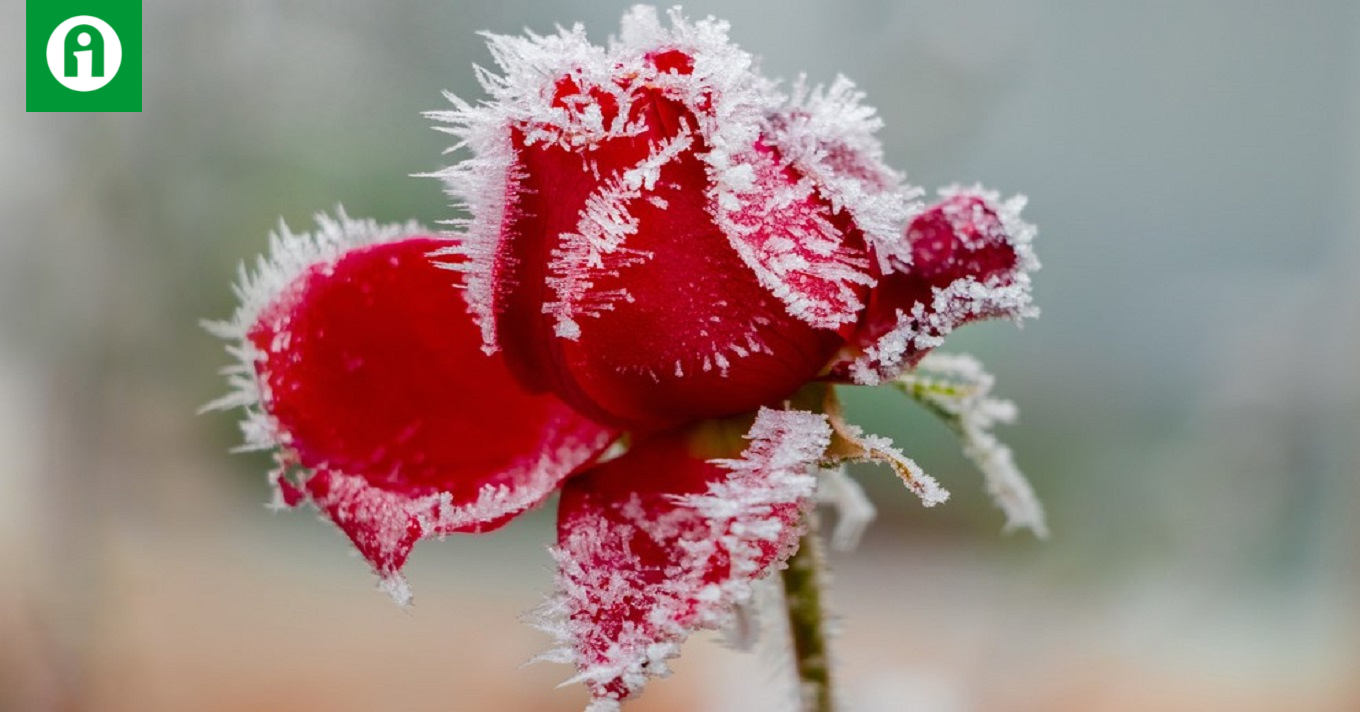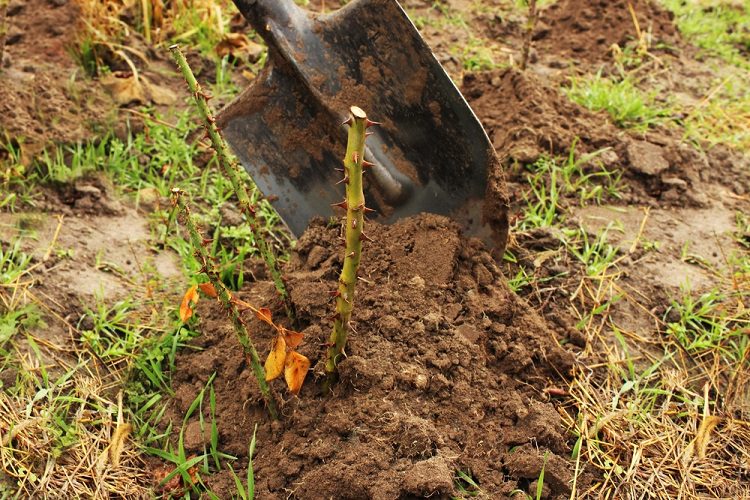Winter came, and with it the first frosts. In such cases we would prefer to bring all our plants into the warmth of our home, but unfortunately we cannot do this. But there is no need for that, because with enough care we can protect them from the cold outside as well.
The Roses Moreover, some of them do not even need to be sheltered in the winter, because many of them are frost-tolerant. But there are also those who need our help to please us with beautiful flowers next year as well. We will tell you what to pay attention to in the winter so that your rose was happy and beautiful in the spring.
Protect your rose when winter comes
1. The largest and ever-blooming rose garden is the so-called floribunda and multiflora Rose bushes They tolerate frost well, as do runner roses. Thus, it is not necessary to protect them from the cold.
2. The big flower Bush rosesBut tea rose bushes should be protected from frost. The lower part of its branches, where there are buds remaining after pruning and bud development, can be protected by paving them or filling them with soil. We can use raw compost, yard manure, or even tree bark for filling.
Most roses should be protected from frost in the winter. Image: shutterstock
3. It is as interesting an observation as it can be more fragrant The rose, the less it tolerates frost and the more winter protection it needs.
4A small roses Nor should they be left uncharged when winter arrives, as they do not tolerate frost well.
5. a long torso Roses are very little sheltered, since in their case the root system and stem are completely frost-tolerant wild roses, but their crown is very sensitive to frost. Crown canes should be protected by stuffing newspaper between branches and pulling a waterproof paper bag over the crown. Tie the bag at the bottom to protect it from frost. It is important to remove the leaves and open the flowers before covering the crown, so that it does not rot and does not run the risk of infection with various infections.
6. It is not enough to take care of the rose, because it is when planting We can also do a lot to protect it. The best defense against a freeze is to plant your roses deep enough. This is the best way to protect the most sensitive part of the rose, that is, the area above the root neck, where the buds begin.
If we plant this part 5 cm underground, we provide our rose with tremendous protection against freezing. If the injection site is not underground, it can also be protected by stacking it. Peat is less suitable for this, as it traps moisture and freezes in severe cold. Fill the base of the plant 15-20 cm above the ground, being very careful not to leave the roots exposed.
7. a Running roses The best way to protect it is to cover the grafting site with earth. The base of the main shoots can be protected with leaves, and the branches can be covered with reed mats or pine branches.
8. They require a lot of attention in a tubOr potted roses. Since there is very little land available to them, they can unfortunately freeze very quickly. Then the root will not be able to absorb enough moisture, so it will dry out.
If there is enough space, the best solution would be to place the plant in the basement or hall, where it is not too hot. Don’t let it dry out during the winter, but water it only moderately. If we cannot bring them in, the best solution is to place the basin or bowl on insulated ground and cover the outer layer with a heat-insulating material, such as a blanket. We can also place a paper bag or a cloth bag over the plant. The important thing is that the protection is made of breathable material.
9. If a temperature permanently below -10 degrees Celsius, our rose would be in serious danger. Especially when frost and thaw often alternate. In this case, the ice can freeze on the plant, which can cause serious physical damage to it. A branch may break or an injury may occur, which can subsequently be a source of all kinds of diseases. Therefore, it is important to protect roses from frost so that they are not directly exposed to changes in the weather.
When stacking the rose, pay attention to the root system of the plant. Image: shutterstock
10. Roses We can hibernate in two parts. Time the first stage for the first small frost, which usually occurs in November. In such cases, we mound their soil with a loose and crumbly topsoil. Do this 20 cm above the eye. Never dig up the soil around the stump or mound it! The reason for this is that in this case the root system of the rose can be easily damaged, which will lead to the freezing of the plant.
The second stage is scheduled before the next frost, when we cover the rose with mulch, leaves or straw. It is important to use a breathable material. If very strong blemishes are expected, covering a bucket with roses can provide additional protection.
11. Protect the rose Materials Be sure to remove it in the spring, when you won’t have to worry about night frosts. If we do not do this in time, the young shoots will turn yellow. Removing should not be done in sunny weather, so that the rose does not have to get used to the sudden change in lighting conditions.
We wish everyone beautiful roses for spring!










































